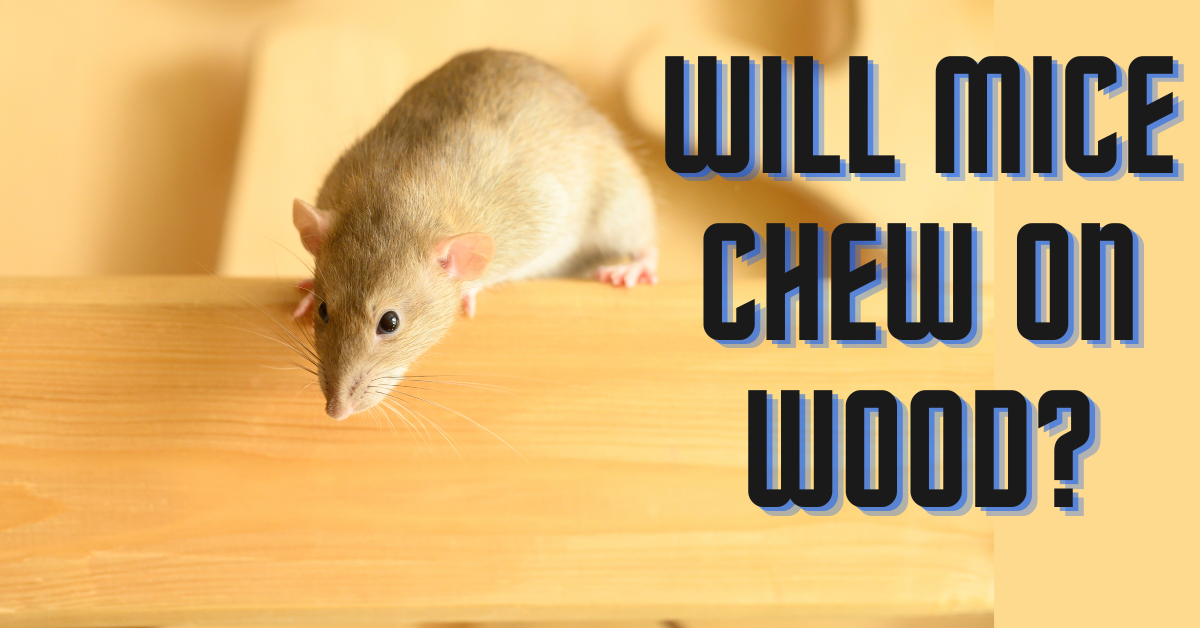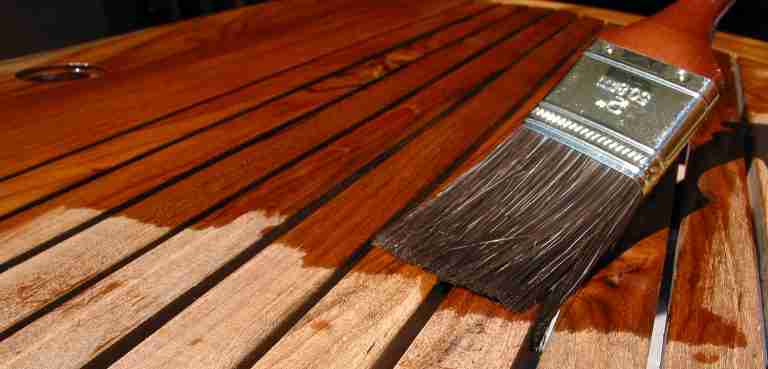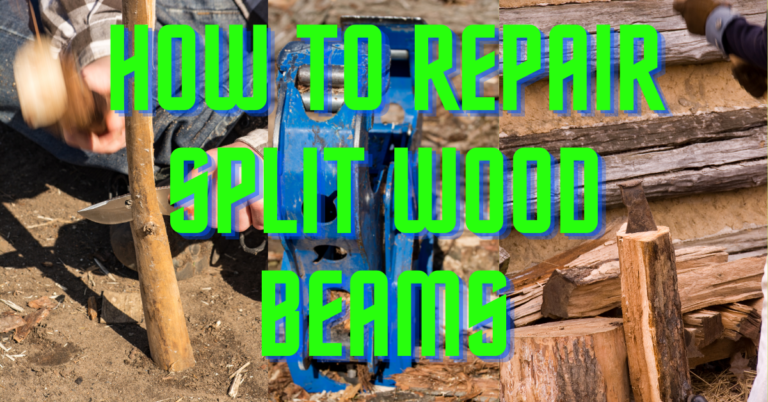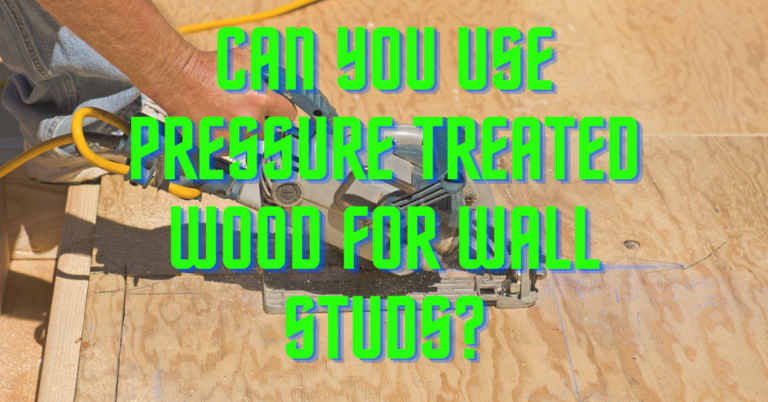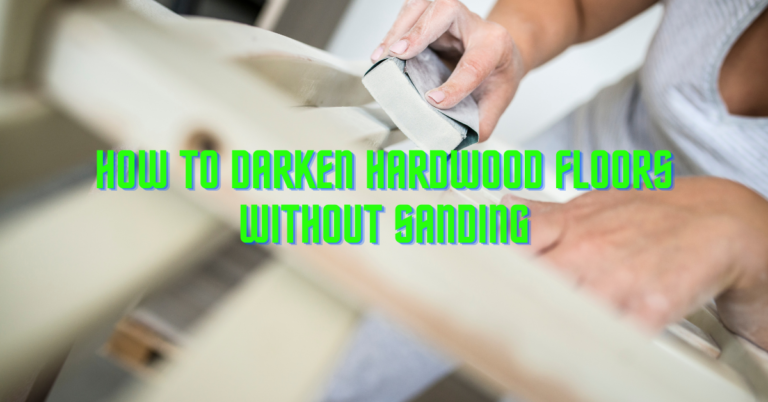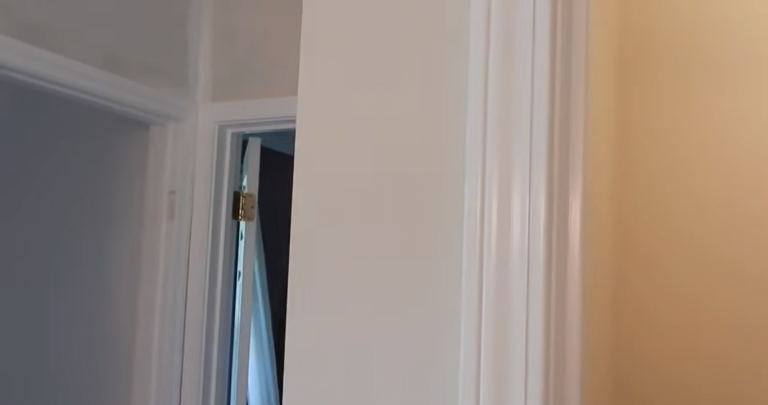Will Mice Chew on Wood?
You’re sitting there, quiet as a mouse, when you hear that all-too-familiar scratching sound. A tiny invader is lurking somewhere in the shadows of your home.
Suddenly, you notice subtle traces of destruction: small, roughened edges, chewed corners, tiny piles of wood dust. Could it be? Do you have a wood-chewing culprit in your midst? And could it be mice?
As surprising as it might sound to you, the answer could be a resounding yes! Mice, those tiny, seemingly harmless creatures that scurry across your kitchen floor at night, can and will chew on wood. Will Mice Chew on Wood?
It’s a fact many homeowners learn the hard way. These little critters might be far more industrious and destructive than you ever imagined, gnawing away not only at your peace of mind but also your home’s wooden infrastructure.
Whether you’re already dealing with an unwanted rodent roommate, or you’re simply in the know for potential future encounters, understanding why and how mice chew on wood can be essential.
Stick with me as we delve deep into the world of these tiny carpenters, shedding light on their wood-chewing habits, and helping you understand how to protect your precious wooden items and structures.
Prepare for an eye-opening journey that might just change the way you think about mice forever
All at a Glance
Can Mice Chew Through Wood? Here’s What You Need to Know
Have you ever wondered if those tiny, elusive creatures called mice can chew through wood? If you’re concerned about potential damage to your wooden structures or furniture, you’ve come to the right place.

In this article, we’ll explore the fascinating world of mice and their chewing habits when it comes to wood.
By the end, you’ll have a clear understanding of whether or not mice have the ability to chew through wood and what you can do to prevent it. So let’s get started and learn the truth!
Understanding Mice Behavior:
When it comes to mice, understanding their behavior is key to addressing any concerns you may have. Mice are small rodents known for their incredible agility and adaptability.
They have sharp incisor teeth that continuously grow throughout their lives. These teeth are designed for gnawing and chewing, enabling mice to overcome various obstacles in their environment.
Can Mice Chew Through Wood?
The short answer is yes, mice can chew through wood.
However, it’s important to note that their chewing capabilities are limited to certain types of wood and specific circumstances.
Mice are particularly skilled at chewing through softer woods like pine, cedar, and plywood. These materials are easier for them to gnaw through due to their composition.
It’s worth mentioning that mice have a preference for chewing on thinner pieces of wood rather than solid hardwood or thick structural wood.
While they can create small holes or weaken wood surfaces, they typically cannot penetrate solid, dense wooden structures.
Reasons Behind Wood-Chewing:
Nesting and Shelter: Mice have a natural instinct to create nests and burrows. Chewing through wood allows them to build cozy homes within walls, attics, or basements, where they can find safety and security.
Access to Food: Mice are resourceful when it comes to finding food sources. If they come across wooden cabinets, doors, or furniture, they may attempt to chew through them to access potential food supplies or crumbs.
Dental Care: Mice’s teeth grow continuously, and gnawing on wood helps them wear down their teeth to a manageable length. This behavior is essential for their dental health and prevents dental issues that could hinder their ability to eat.
Preventing Mice from Chewing Wood
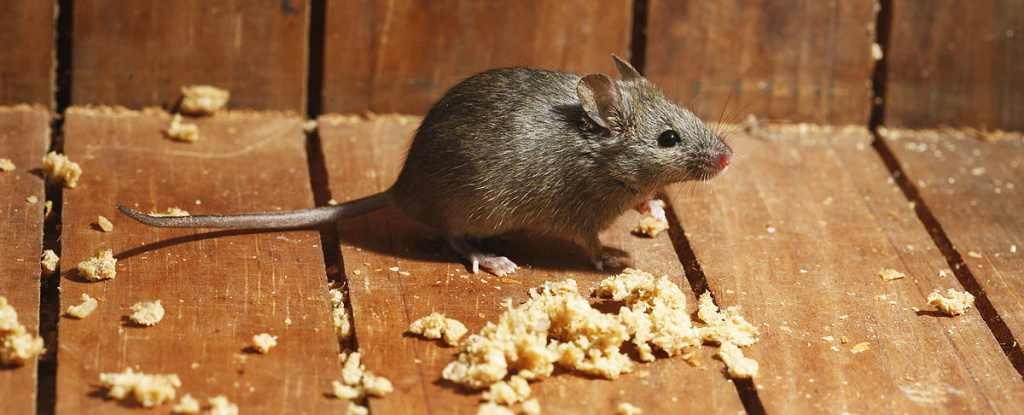
Now that you know mice have the potential to chew through wood, here are some preventive measures you can take:
Seal Entry Points
Inspect your home for any cracks, gaps, or holes that could serve as entry points for mice. Seal them with caulk, steel wool, or other appropriate materials to prevent their access.
Eliminate Food Sources
Keep your home clean and remove potential food sources that may attract mice. Store food in airtight containers, clean up spills promptly, and ensure proper waste management.
Use Protective Measures
Consider using mouse-proof materials or applying deterrents to areas where mice may try to gain access. For example, metal flashing can be used to protect the lower part of wooden structures.
Maintain Regular Pest Control
If you suspect a mouse infestation or notice signs of wood damage, it’s best to contact a professional pest control service.
They can assess the situation, provide effective treatments, and offer long-term solutions to keep your home mouse-free.
While mice can indeed chew through wood, their capabilities are limited to softer types of wood and thinner pieces.
By understanding their behavior and taking appropriate preventive measures, you can protect your wooden structures and minimize the risk of infestation.
Remember to seal entry points, eliminate food sources, and employ proper pest control measures to maintain a harmonious living environment free from unwanted guests.
With this knowledge in hand, you’re well-equipped to handle any concerns related to mice and wood damage.
What Do Mice Eat in the Woods? Exploring the Dietary Habits of Woodland Mice
In the enchanting world of the woods, mice scurry about, foraging for their meals amidst the rich vegetation and diverse ecosystems.
Have you ever wondered what these tiny creatures eat to survive in their natural habitat? In this article, we will delve into the dietary habits of woodland mice, exploring their food preferences and adaptations.
By understanding what mice eat in the woods, we gain insights into their ecological role and the delicate balance of nature.
So, let’s embark on this journey and discover the culinary delights of woodland mice!
Plant Matter: A Staple in the Mice Diet
Woodland mice primarily rely on plant matter as a significant part of their diet. They consume various parts of plants, including seeds, nuts, fruits, berries, leaves, and flowers.
The availability of these food sources varies with the seasons, influencing their dietary choices throughout the year.
Seeds and Nuts
Mice feast on a wide array of seeds and nuts found in the woods. They play an important role in seed dispersal as they consume these seeds and later scatter them through their droppings, aiding in the growth and regeneration of plant species.
Fruits and Berries
Mice take advantage of the bountiful harvest of fruits and berries in the woods. They consume the ripe fruits and berries, aiding in seed dispersal while enjoying a nutrient-rich meal.
Leaves and Vegetation
Woodland mice nibble on leaves and various forms of vegetation. While they may not consume large quantities of leaves, they include them as part of their diet, especially when other food sources are scarce.
Animal Protein: Supplementing the Diet
Although plant matter forms the bulk of their diet, woodland mice also incorporate animal protein into their meals.
They opportunistically feed on small invertebrates such as insects, larvae, worms, and snails.
This additional source of protein provides essential nutrients and supplements their primarily plant-based diet.
Insects and Invertebrates
Woodland mice are skilled hunters of small invertebrates found in the forest floor and surrounding vegetation.
They rely on their keen senses to locate and capture insects, larvae, spiders, and other small invertebrates. This protein-rich food source aids in their growth, reproduction, and overall health.
Fungi and Fungal Matter: A Delicacy for Woodland Mice
In addition to plant matter and animal protein, woodland mice also consume fungi and fungal matter.
They have a particular affinity for certain types of mushrooms, truffles, and other fungal species.
Mice play a crucial role in the dispersal of fungal spores through their consumption and subsequent dispersal in their droppings.
Foraging and Adaptations: Survival in the Woods
Woodland mice have evolved a set of remarkable adaptations that aid in their foraging activities and ensure their survival in the woods.
Their small size, agility, and keen sense of smell enable them to navigate the forest floor and locate hidden food sources.
They have specialized teeth that are well-suited for gnawing and consuming a variety of plant and animal matter.
Woodland mice have diverse dietary preferences, consuming a mixture of plant matter, animal protein, and fungi.
Their diet primarily consists of seeds, nuts, fruits, berries, leaves, and various forms of vegetation. They opportunistically supplement their diet with small invertebrates and fungi.
These dietary choices enable mice to thrive in their woodland habitat, playing a vital role in seed dispersal and maintaining the delicate balance of the ecosystem.
By understanding what mice eat in the woods, we gain a deeper appreciation for the intricate web of life that exists in nature.
Why Do Mice Chew Wood? Unraveling Your Tiny Tenant’s Quirky Habit”
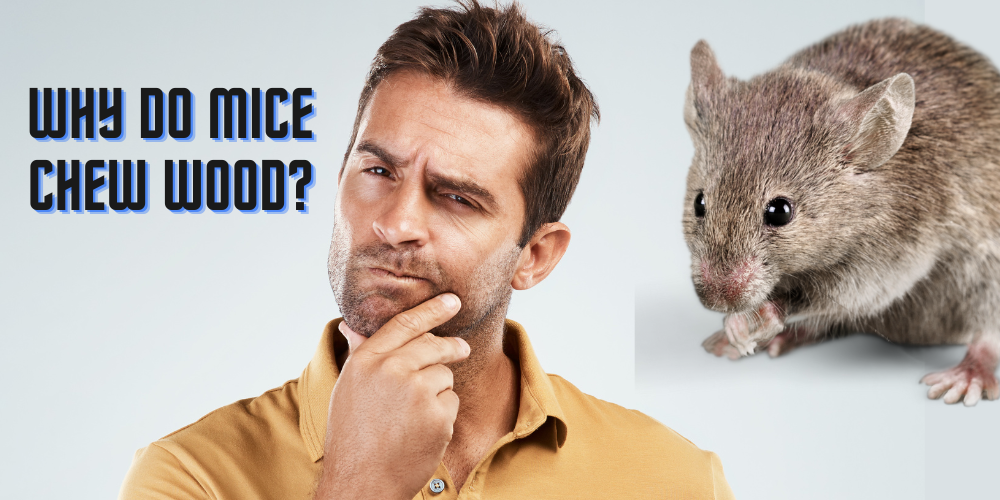
Are you finding minute chunks of wood littering your floors, or mysterious little gnaw marks on your wooden furniture or baseboards?
There’s a good chance you’re dealing with the handy work of an unwelcome guest – a mouse. But why do mice chew wood?
This article sheds light on this intriguing behavior, demystifying the motivations behind the wood-chewing habit of your tiny tenants.
Firstly, you should understand that mice chewing on wood is a common phenomenon. Your furry intruder isn’t harboring a grudge against your vintage hardwood flooring or your treasured antique sideboard.
There are several natural and biological reasons that compel mice to chew on wood, and other hard materials, that you may not have known about.
Tooth Management
Like all rodents, a mouse’s incisors (front teeth) continuously grow throughout their life. Imagine if your nails never stopped growing and didn’t have a nail file to keep them in check; that’s the predicament mice face with their teeth.
By gnawing on hard substances like wood, mice can naturally wear down their teeth, preventing them from becoming excessively long or sharp.
Nesting
Mice are skilled crafters when it comes to building cozy nests for themselves. Your home’s wooden nooks and crannies can offer excellent nesting materials.
As you’ve guessed it, mice will chew and break down the wood, carrying the fragments off to construct their homes within your home.
Foraging
It might surprise you to learn that mice don’t have great eyesight. They primarily navigate their surroundings using their sense of smell and touch.
When a mouse comes across your wooden structures, they may chew on them while exploring or searching for food. Remember, it’s not personal, just a part of their investigative routine.
Access and Escape Routes
Mice are tiny creatures with an immense ability to squeeze through minuscule openings.
By chewing on wood, particularly around doors and baseboards, they can create pathways that allow them easier access to different parts of your home.
It’s like their version of constructing tunnels or doorways.
Now that you know why mice chew wood, you may want to look into preventative measures.
Deterring these tiny creatures from making your house their playground can save you from expensive repair bills and potential health risks. Consider professional pest control if the problem persists.
While it might be a nuisance for you, wood-chewing is an essential part of a mouse’s life. It helps manage their ever-growing teeth, provides them with nesting material, aids in navigation, and even allows them to construct convenient pathways throughout your home.
Understanding these factors can help you devise a more effective strategy for dealing with your uninvited guests and, hopefully, make your home a less attractive nesting site.
Can Mice Chew Through Wood Floors?
You ponder over whether mice could possibly chew through wood floors. The simple answer is yes, mice can chew through wood floors, but there’s a lot more to this.
Let’s dive into the details to answer your question more comprehensively.
How to Know if Mice Are Chewing Through Your Wood Floor
Knowing that mice could chew through your wood floors, you may be wondering how to tell if this is happening in your own home. Mice infestation signs include:
Sound: This is often the first sign. You might hear scratching, rustling, or gnawing sounds, particularly during quiet periods, like nighttime.
Droppings: If mice have invaded your home, you will likely find their droppings. These small, dark pellets are often found along walls, inside cabinets, or in other hidden locations.
Gnaw marks: Mice have a tendency to gnaw on things. If you see gnaw marks on your wood floors, furniture, or walls, it could be a sign of a mouse infestation. These marks are usually small and look like they were made by tiny teeth.
Nests: Mice use soft, shredded material to make their nests. If you find small, fluffy nests, particularly in hidden, out-of-the-way places, it could be a sign of mice.
What Damage Can Mice Cause?
If you find signs of mice gnawing on your wood floors, it’s essential to take action immediately. Apart from the evident structural damage, the risk extends beyond simple cosmetic blemishes.
Mice can create extensive damage that’s expensive to repair, including destroying insulation and wiring, which can increase the risk of a house fire.
Moreover, they can be harmful to humans.
Mice can carry various diseases, including Hantavirus, Salmonellosis, and Plague, which can be transmitted to humans through their droppings or urine. Besides, they can trigger allergic reactions in some people.
How to Stop Mice From Chewing Your Wood Floors
The best way to stop mice from chewing through your wood floors is to prevent them from getting into your home in the first place. Here are a few strategies:
Seal off access points
Mice can squeeze through small openings the size of a dime. Carefully inspect your home’s exterior and interior for cracks, gaps, and holes. Use caulk or steel wool to seal these potential entry points.
Maintain cleanliness
Mice are attracted to areas with abundant food. By keeping your home clean and storing food in sealed containers, you can make your home less inviting to these rodents.
Use traps and baits
If you already have a mouse infestation, consider using traps and baits. There are a variety of options available, including snap traps, live traps, and poison baits. Always follow the manufacturer’s instructions when using these products.
Professional pest control
If the infestation is large or the do-it-yourself methods aren’t effective, it might be time to call in professional pest control services.
Yes, mice can and will chew through wood floors if given the opportunity. If you suspect you have a mouse problem, it’s essential to act quickly to mitigate the damage and potential health risks.
By keeping an eye out for signs of mice and taking preventative measures, you can keep your home and wood floors safe from these little gnawers.
How to Protect Your Woodwork from Mice: Effective Strategies
If you’ve noticed tiny gnaw marks on your woodwork, it’s a sign that you may have a little unwanted visitor – a mouse.
Not only is this a health risk, but it also degrades your beautiful furniture and can cause significant structural damage over time.
This article will guide you on how to stop mice from chewing on wood, preserving your home’s aesthetic and integrity.
Identify Signs of Mice Activity
Before you rush into action, ensure that the problem is indeed mice and not another type of pest. Mice are notorious for leaving behind small, dark droppings and distinctive gnawing marks, usually about 1/8-inch long.
Seal Entry Points
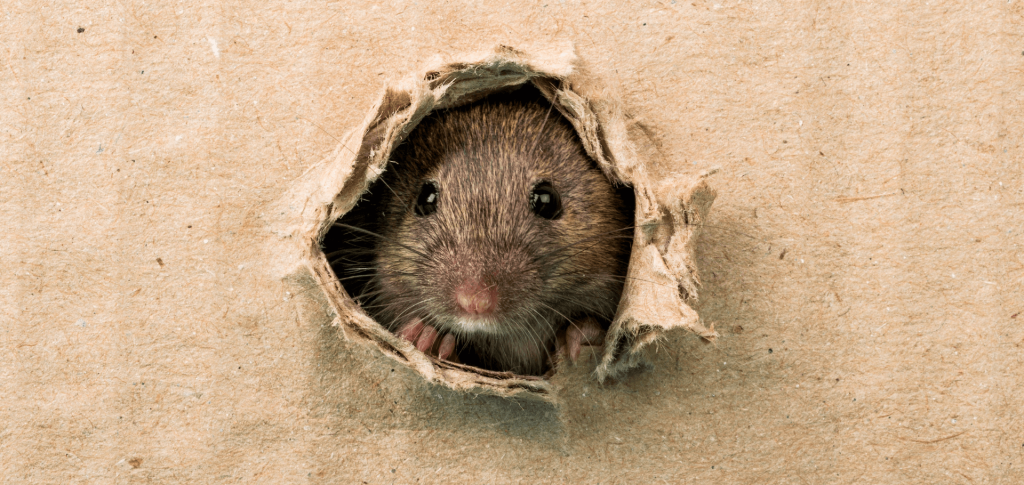
Prevention is always better than cure, and the best way to stop mice from chewing on your woodwork is to stop them from entering your house in the first place.
Mice can squeeze through spaces as small as a dime, so ensure you inspect your home thoroughly.
Seal any cracks or holes with materials like steel wool or caulk, which are difficult for mice to chew through.
Use Mouse Repellents
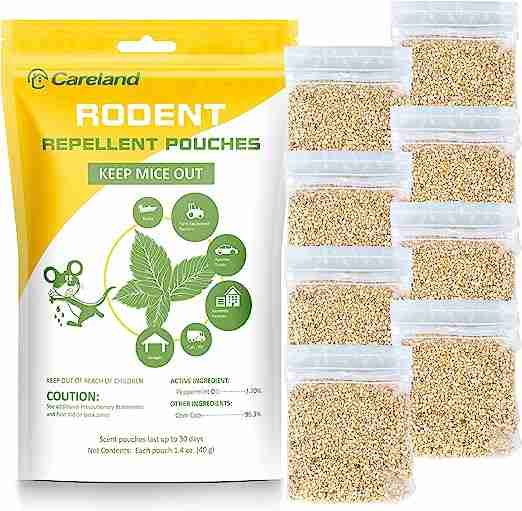
There are numerous mouse repellents available on the market, both natural and synthetic.
Some examples of natural repellents are peppermint oil, mothballs, or ultrasonic repellents, which emit a high-frequency sound that mice find uncomfortable.
Place these around your woodwork and other areas where you’ve noticed mice activity.
Install Mouse Traps

If the mice have already made themselves at home, traps can be an effective solution. Traditional snap traps, glue traps, and live-catch traps are some of the many options available.
Bait these with peanut butter, cheese, or bacon, and place them near the woodwork. Remember, if you opt for a live trap, you will need to relocate the mouse far from your home to prevent it from returning.
Use Protective Coatings

Once you’ve dealt with the infestation, consider applying a protective coating to your woodwork. These coatings deter mice from chewing and can also provide additional benefits such as water resistance.
Regularly Inspect Your Property
Finally, make a habit of regularly inspecting your property for any signs of mice activity. Early detection can make a huge difference in managing and preventing future infestations.
Mice can pose significant problems to your home, particularly when they start chewing on woodwork.
But with diligent preventive measures and appropriate responses, you can stop mice from making a meal of your woodwork.
Be vigilant, act quickly, and remember, if things become too overwhelming, professional help is just a call away. Protect your home and live peacefully, without worrying about the pitter-patter of tiny feet in your walls.
Conclusion – Will Mice Chew on Wood?
when considering the question of whether mice will chew on wood, it is crucial for you to understand their natural behavior and instincts.
Mice, as creatures with strong incisor teeth, have a tendency to gnaw on various materials, including wood.
Their gnawing behavior serves multiple purposes, such as keeping their teeth trimmed and maintaining territory.
Therefore, if you find yourself dealing with a mice infestation, it is essential to take preventive measures to protect your wooden structures and belongings.
By implementing effective pest control strategies, such as sealing any entry points, eliminating food sources, and using deterrents, you can discourage mice from chewing on wood within your home or property.
Additionally, employing proactive measures like storing firewood properly and keeping wooden furniture elevated can further reduce the likelihood of mice inflicting damage.
Remember, maintaining a clean and clutter-free environment, coupled with regular inspections, can help you identify and address potential issues promptly.
By staying vigilant and taking appropriate actions, you can mitigate the risk of mice chewing on wood and safeguard your valued possessions.
Important Reads:
How To Fix Hardwood Floor Gaps
How to Remove Spray Paint From Wood Floors – 4 Steps Formula

